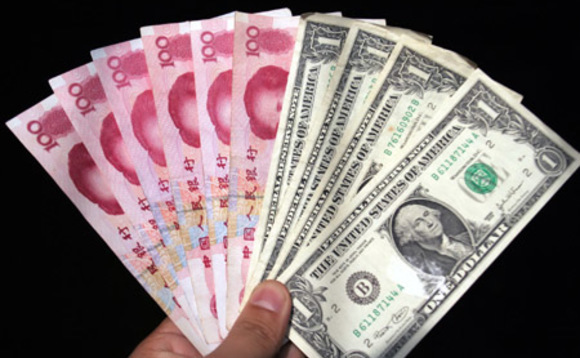
LPs see their money bloom?

As a momentous year for private equity draws to a close against a background of secular macroeconomic shifts in the global balance of power and lasting regulatory change for the industry, one group’s reactions to the GFC aftermath and expectations for the future matter even more to the industry than the regulators and politicians: the LPs.
Their views and shifts in opinion en masse may be as disparate and unpredictable as the weather, but cannot be ignored. So what is their state of mind two years on from the Lehman collapse, and ...
Latest News
Asian GPs slow implementation of ESG policies - survey
Asia-based private equity firms are assigning more dedicated resources to environment, social, and governance (ESG) programmes, but policy changes have slowed in the past 12 months, in part due to concerns raised internally and by LPs, according to a...
Singapore fintech start-up LXA gets $10m seed round
New Enterprise Associates (NEA) has led a USD 10m seed round for Singapore’s LXA, a financial technology start-up launched by a former Asia senior executive at The Blackstone Group.
India's InCred announces $60m round, claims unicorn status
Indian non-bank lender InCred Financial Services said it has received INR 5bn (USD 60m) at a valuation of at least USD 1bn from unnamed investors including “a global private equity fund.”
Insight leads $50m round for Australia's Roller
Insight Partners has led a USD 50m round for Australia’s Roller, a venue management software provider specializing in family fun parks.








